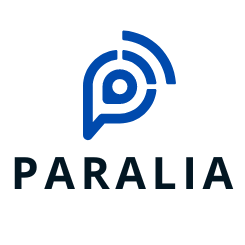PARALIA: “Photonic Multi-beam Beamforming Technology enabling Radar/Lidar Multisensor Fusion platforms for Aerospace and Automated Driving applications”. PCRL participates in the PARALIA Project. PARALIA will enable an agile, low-cost, and energy-efficient multi-sensor combining Radar and Lidar technologies will re-architect the sensors ecosystem, upgrading their capabilities and enabling ultra-high resolution at ultra-long distances crucial for current and futuristic automotive and aerospace applications. To this end, a common Lidar/Radar optical multibeam beamforming platform will be developed based on the best-in-class multi-port linear optical Xbar architecture previously used for neuromorphic applications. For its implementation, PARALIA will utilize hybrid InP-SiN integration while leveraging a tight integration of InP components in multielement arrays and the advances in SiN PZT optical phase shifters with μs-reconfiguration time, and low power consumption < 1uW.
To demonstrate the universality of the developed optical multi-beam platform number of Lidar and Radar will be developed:
- Two multibeam Lidar modules featuring 120 degrees horizontal field of view (FOV) and 30 degrees vertical FOV and supporting 8 and 64 independent beams with 64 independent beams, based on 8 wavelengths – 8×8 XBar architecture.
- i) Two multibeam Radar modules operating at K- and E- band for aerospace and automotive industries respectively. Both radar modules feature 120 degrees Vertical and Horizontal FOVs and support 8 independent beams ii) A multisensor module combining the Radar and Lidar modules with a processing unit employing a fusion ML algorithm developed to acquire and process the information coming from the multiple beams of the multisensory greatly enhancing its range and resolution.
Website: paralia-horizon.eu

